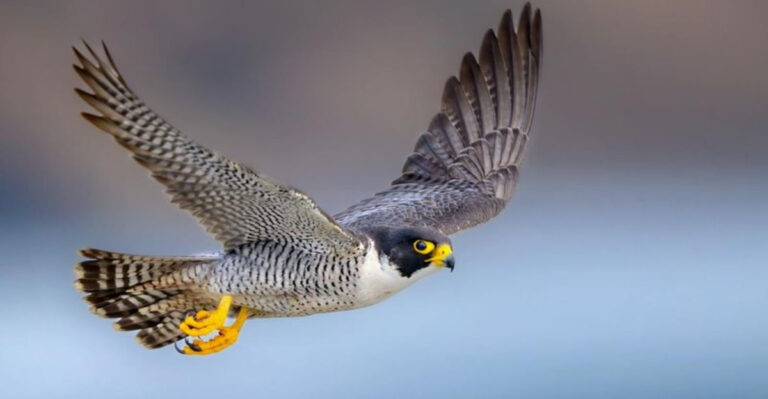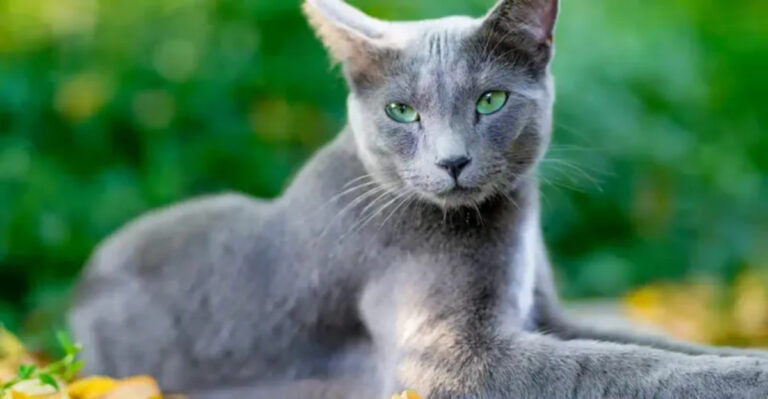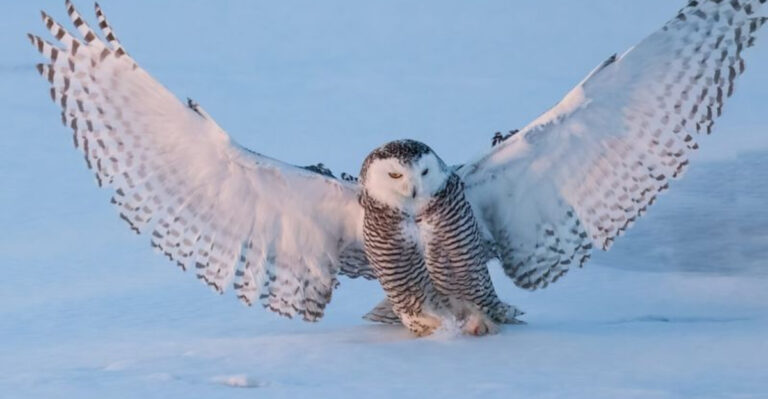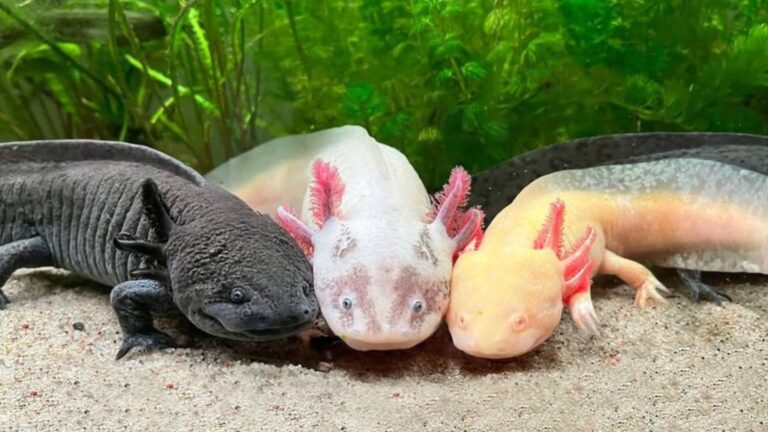The Sea Otter Mystery: 17 Reasons They Matter
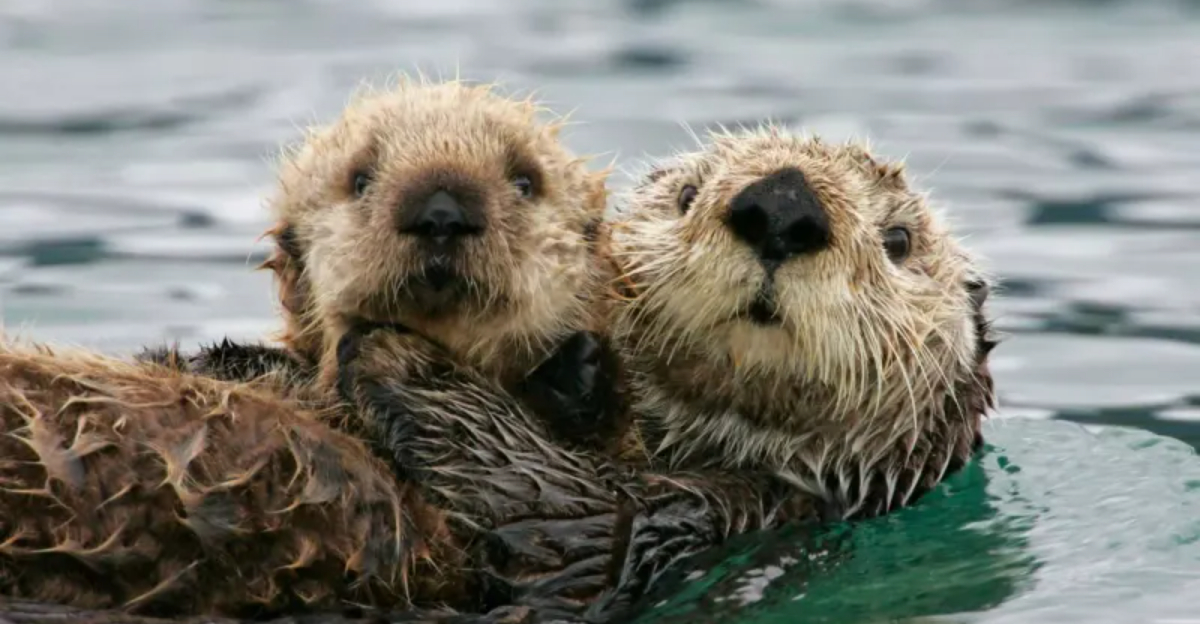
Ever thought of sea otters as nature’s most adorable ecosystem engineers? Sea otters play a crucial role in maintaining coastal environments.
With their playful antics and essential ecological contributions, these furry creatures are more than just a cute face. Dive into the following reasons to discover why sea otters truly matter.
1. Masterful Tool Users
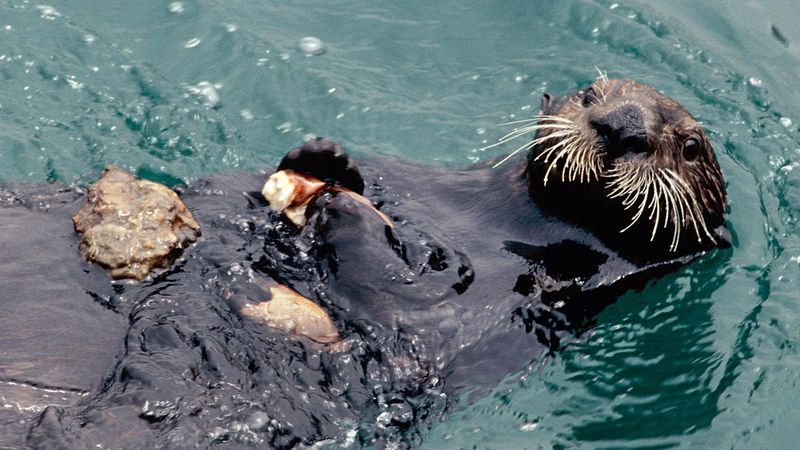
Who knew otters were such clever tool enthusiasts? These furry innovators use rocks to crack open shellfish, showcasing their impressive problem-solving skills.
Watching an otter work is like witnessing a mini marvel of nature’s ingenuity. With such dexterity, it’s hard not to be captivated by their resourcefulness in the wild.
2. Coastal Guardians
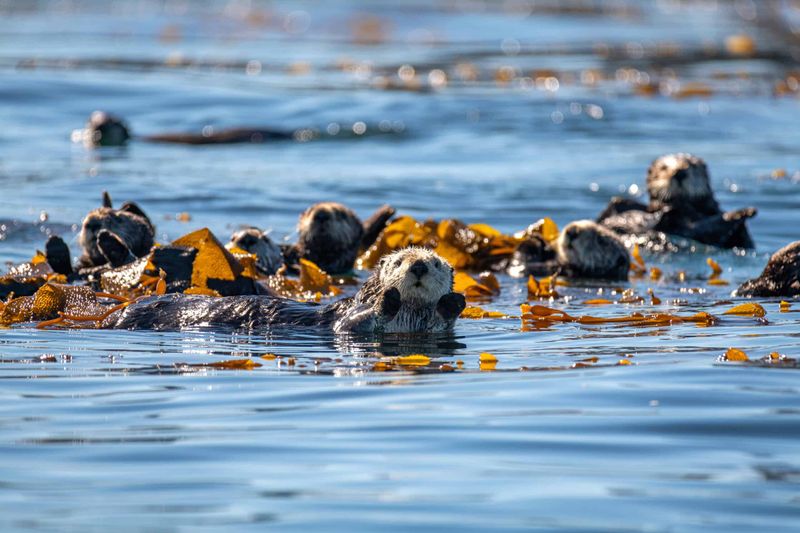
Sea otters are nature’s guardians of the kelp forests. By keeping sea urchin populations in check, these playful creatures ensure the kelp thrives, maintaining a healthy balance in coastal ecosystems.
Their presence is crucial for biodiversity, making them indispensable caretakers of their aquatic homes.
3. Furry Insulators
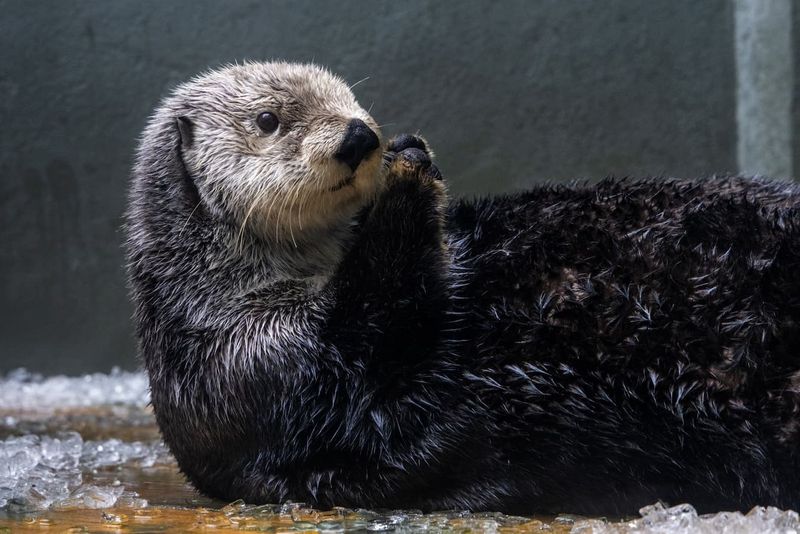
Forget about blubber; sea otters rely on their dense fur to stay warm in chilly waters. With up to a million hair strands per square inch, their coats are nature’s most luxurious insulators.
This unique adaptation helps them survive and thrive in cold ocean climates, making their fur a marvel of evolution.
4. Playful Acrobats
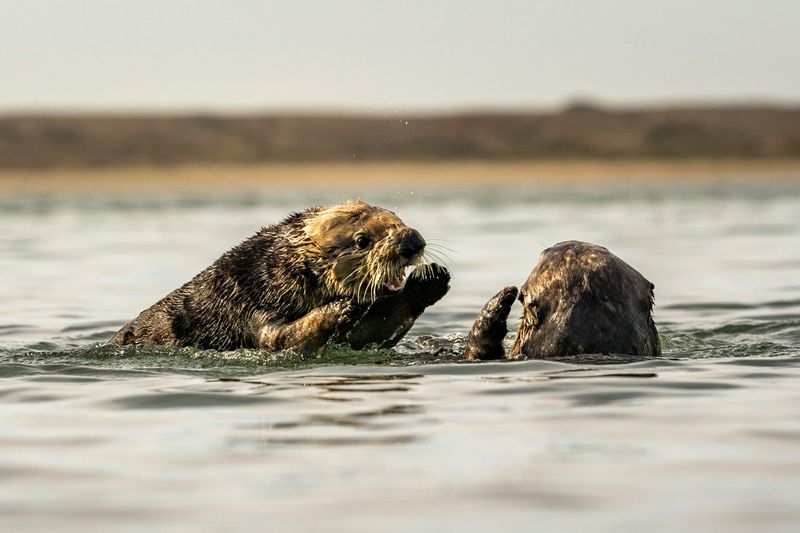
If there were a circus in the sea, otters would be the star performers. Their playful antics, like somersaults and playful chases, showcase their boundless energy and joyful nature.
These marine mammals remind us of the importance of play, even in the wild, making them entertaining ambassadors of fun.
5. Ecosystem Engineers
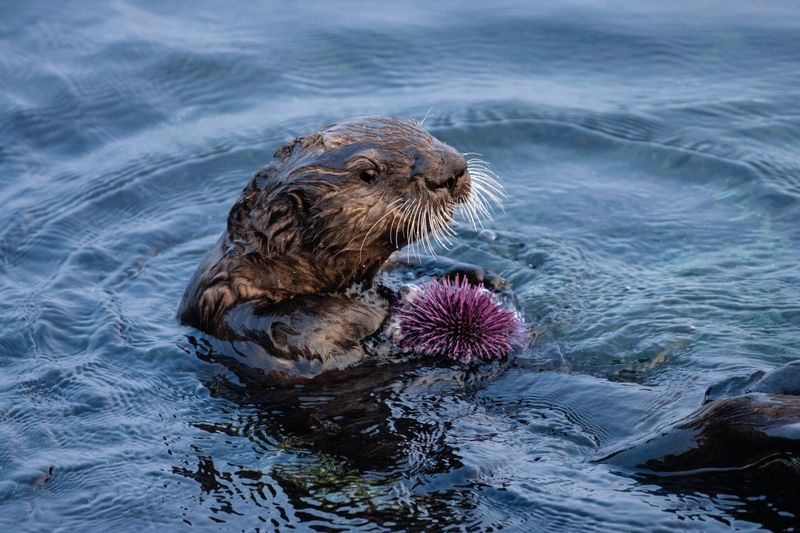
Sea otters are the architects of their habitats. Their presence influences the entire food chain, from sea urchins to fish populations.
By cultivating balance, they ensure the resilience of their environment. Their engineering skills are a testament to their vital ecological role, proving that small creatures can have big impacts.
6. Expressive Communicators
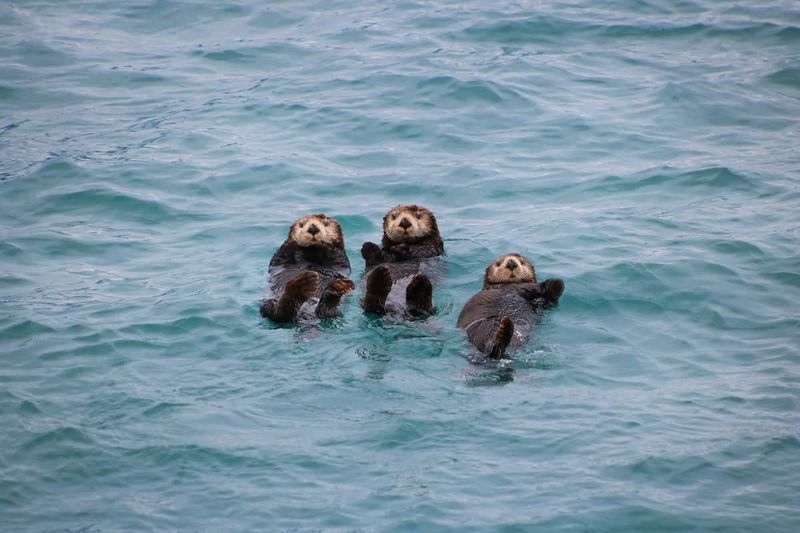
Otters are masters of communication, using squeaks, whistles, and body language to express themselves. Their vocalizations and playful interactions reveal a complex social structure.
This expressive nature not only strengthens their community bonds but also offers us a glimpse into their social world, filled with chatter and charm.
7. Nature’s Clean-Up Crew
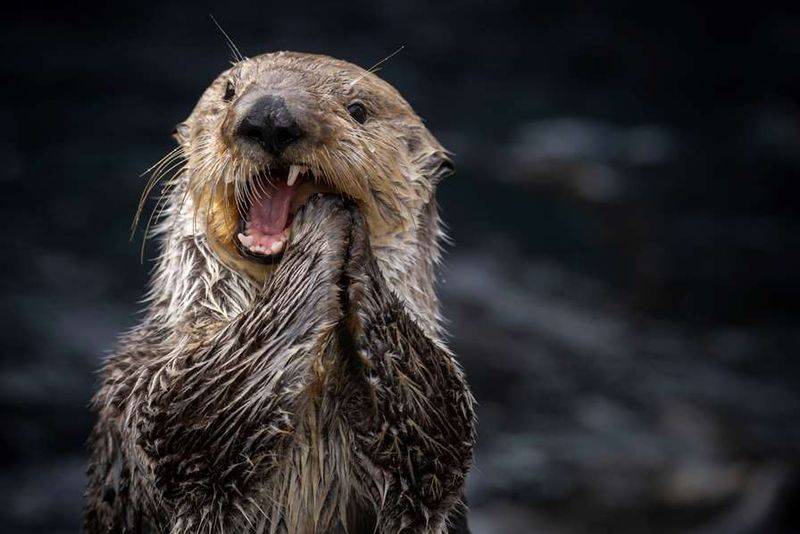
With a diet that includes sea urchins and crabs, otters play a crucial role in maintaining ocean health. By controlling prey populations, they prevent overgrazing of kelp forests.
Their feeding habits demonstrate an essential ecological service, making them nature’s diligent clean-up crew, ensuring the sustainability of marine ecosystems.
8. Caring Mothers
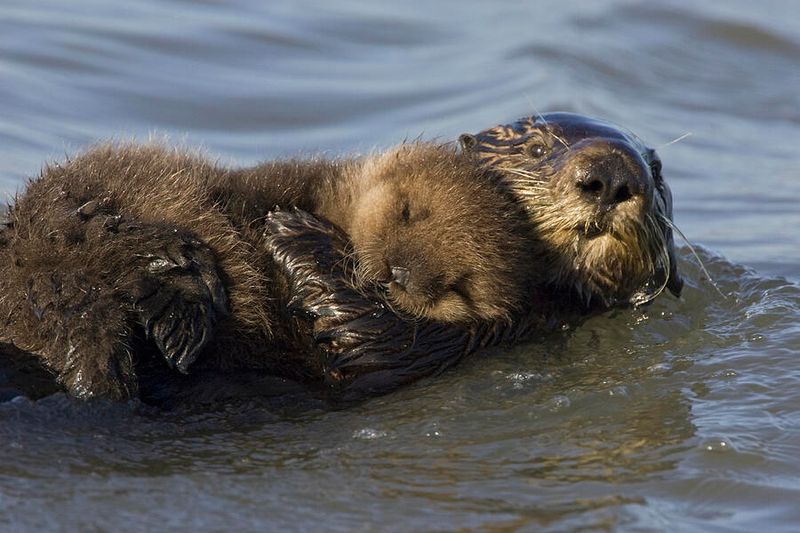
Otter mothers are the epitome of tenderness and devotion. They cradle their young on their bellies, ensuring warmth and safety.
This maternal care is a heartwarming aspect of their lives, showing a tender side of nature. Such devotion highlights the importance of family bonds in the animal kingdom, reinforcing the beauty of maternal love.
9. Resilient Survivors
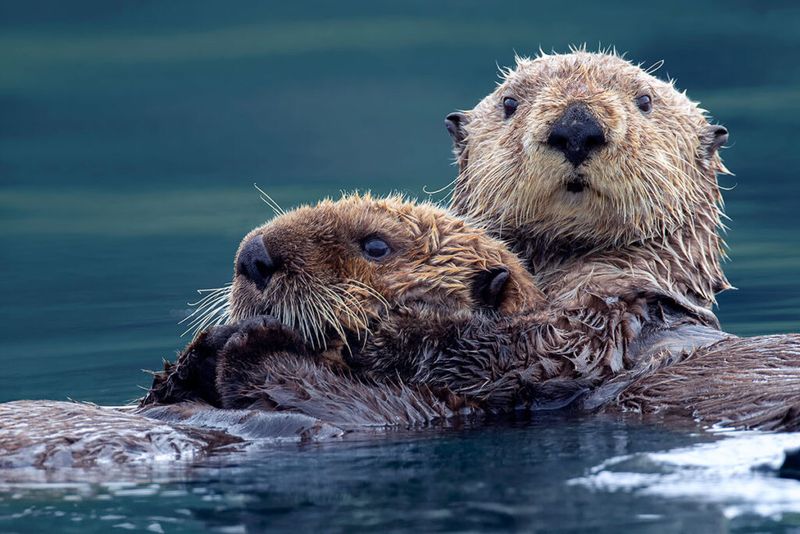
Despite facing threats from oil spills and habitat destruction, sea otters have shown remarkable resilience. Their survival stories are a testament to their tenacity and adaptability.
These aquatic survivors inspire conservation efforts and remind us of the importance of protecting our planet’s incredible biodiversity.
10. Natural Entertainers
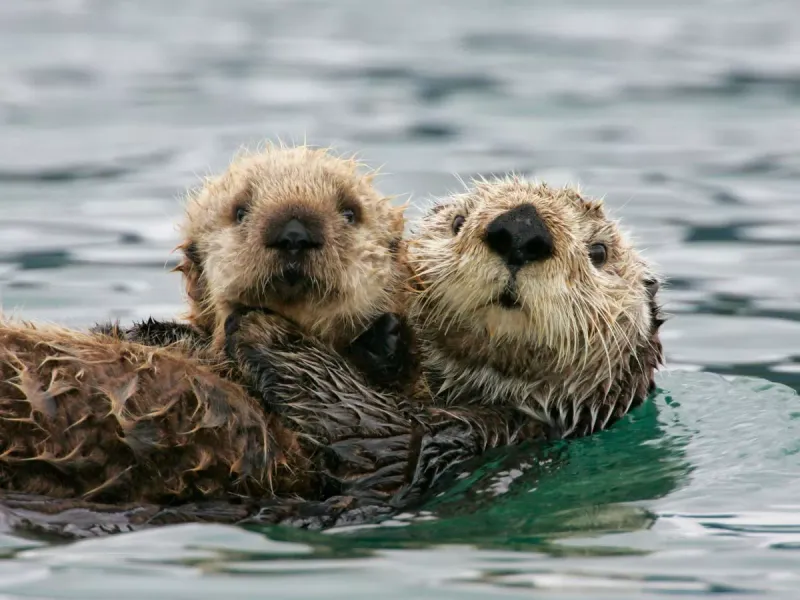
With a penchant for play, sea otters are nature’s comedians. Their antics, such as balancing rocks or frolicking in water, never fail to entertain.
These amusing behaviors offer a delightful glimpse into their personalities, reminding us to find joy in the simple moments and the importance of lightheartedness in life.
11. Social Creatures
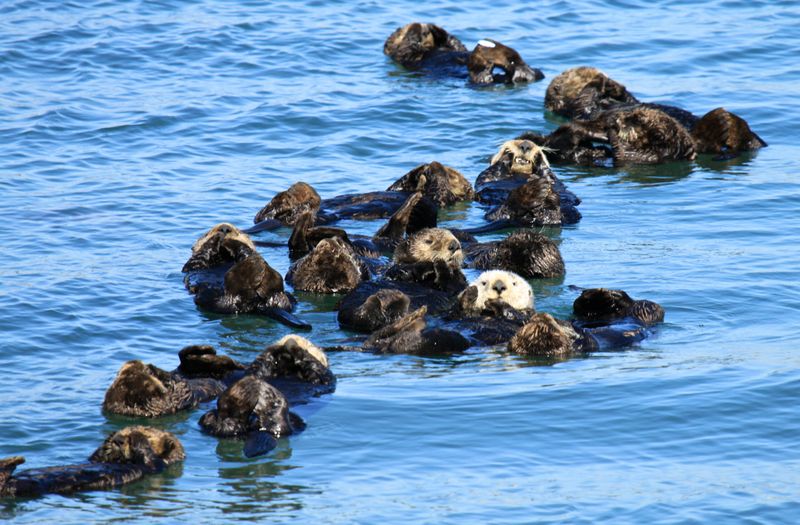
Sea otters are highly social, often found resting together in groups known as rafts. These floating gatherings strengthen their social bonds and provide safety in numbers.
Their communal lifestyle highlights the importance of cooperation and connection in nature, offering a perfect example of harmonious living.
12. Curious Explorers
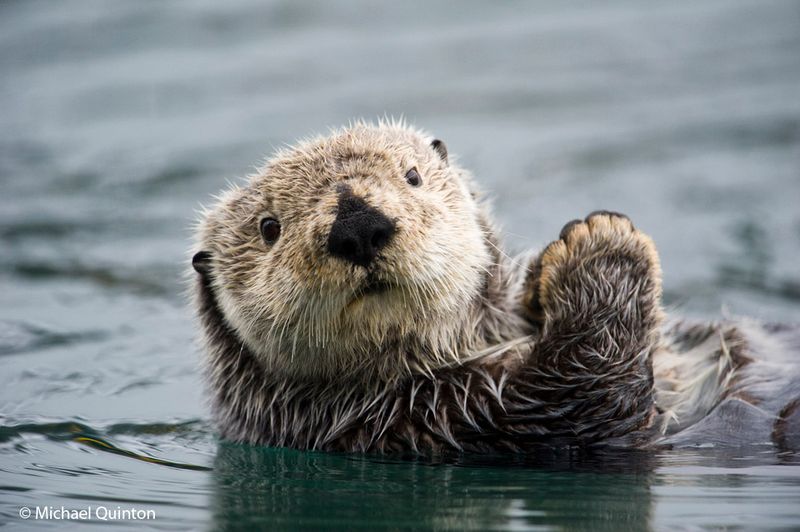
Ever curious, sea otters explore their surroundings with keen interest. Their inquisitive nature drives them to examine objects and interact with other marine life.
This curiosity fuels their learning and adaptability, showcasing their intelligence and the wonders of exploration. Otters remind us to stay curious about the world.
13. Ocean’s Playful Guardians
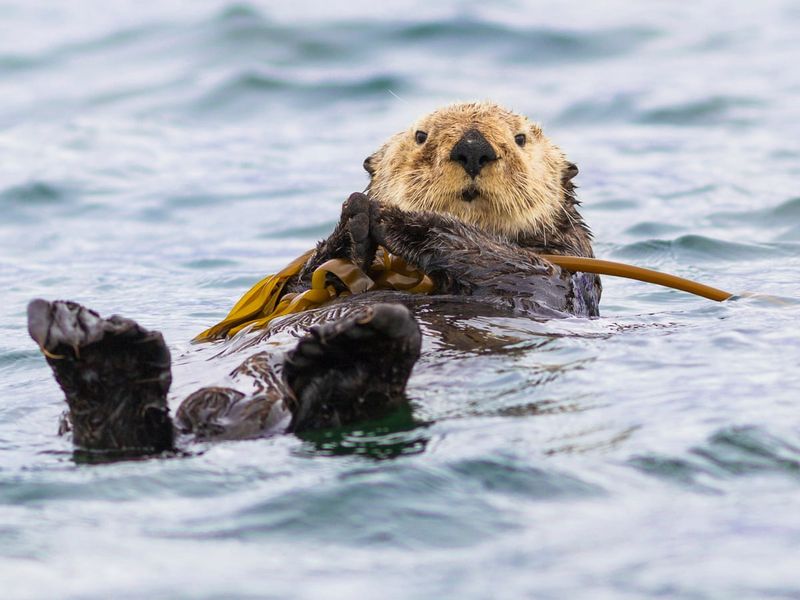
With an energetic presence, sea otters play a vital role in ocean conservation. Their playful spirit and ecological contributions make them key guardians of the marine environment.
By protecting otters, we ensure the health of the oceans, underlining their significance as playful stewards of the sea’s wellbeing.
14. Adaptable Navigators
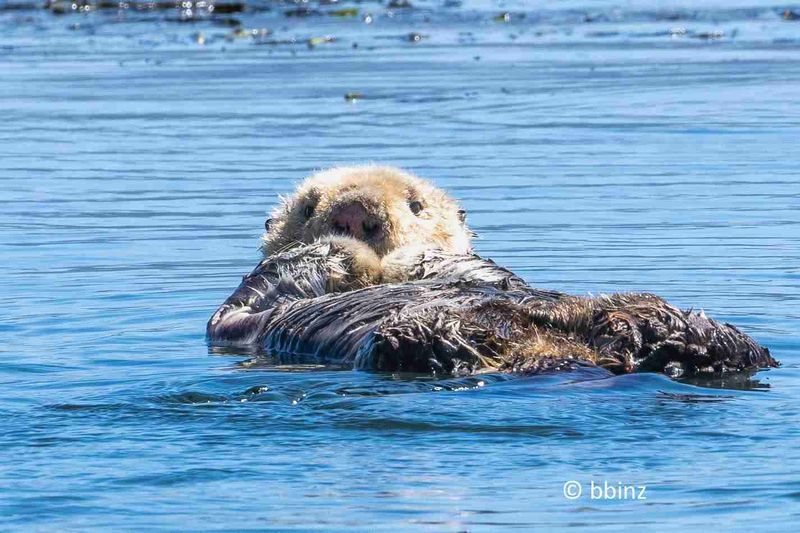
Navigating through kelp forests with ease, otters showcase their adaptability in diverse marine environments. Their ability to thrive in changing conditions demonstrates their survival prowess.
These adaptable navigators underline the importance of flexibility in nature, reminding us of the resilience required to flourish amidst challenges.
15. Charismatic Ambassadors
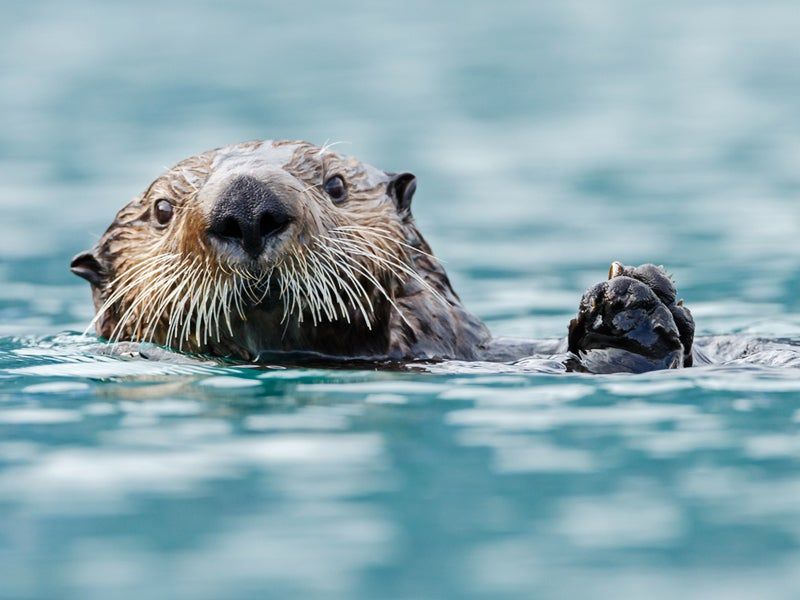
Sea otters, with their charismatic charm, serve as ambassadors for marine conservation. Their engaging presence draws attention to ocean health and the need for environmental protection.
By captivating audiences, they inspire conservation efforts, highlighting their role as charming spokescreatures for the sea’s preservation.
16. Cultural Icons
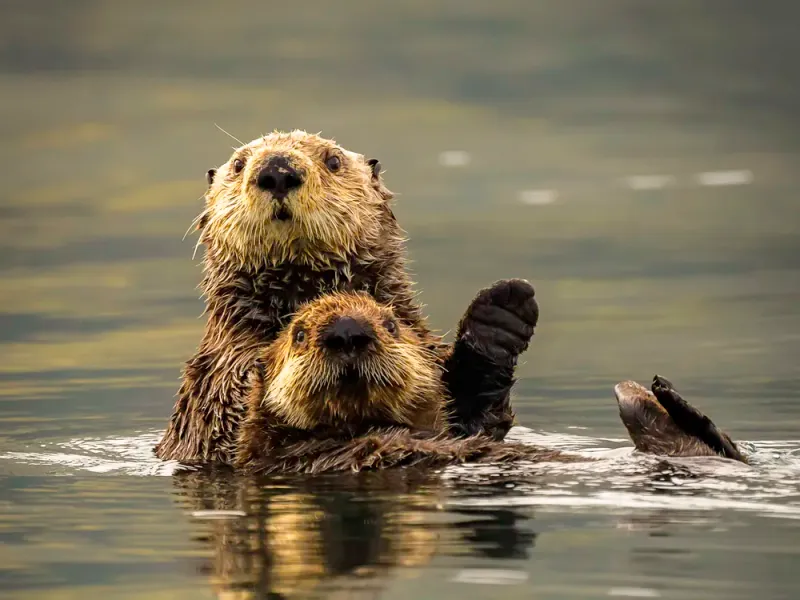
Throughout history, sea otters have been celebrated in art and storytelling. Their cultural significance is reflected in indigenous narratives and contemporary media.
As icons of marine heritage, they connect us to the past and present, reminding us of the deep bond between nature and human culture.
17. Ocean’s Balance Keepers
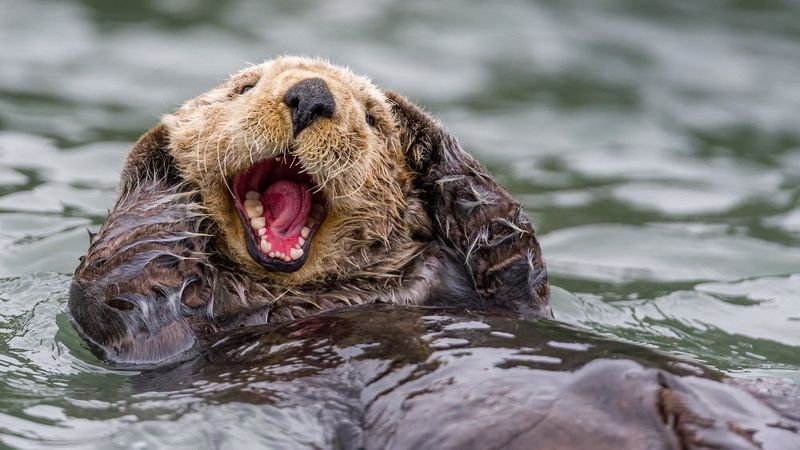
Sea otters play a crucial role in maintaining the balance of the marine ecosystem. By preying on sea urchins, they prevent overgrazing of kelp forests, ensuring the vitality of underwater habitats.
Their presence underscores the interconnectedness of nature, highlighting the delicate balance necessary for a thriving ocean.

